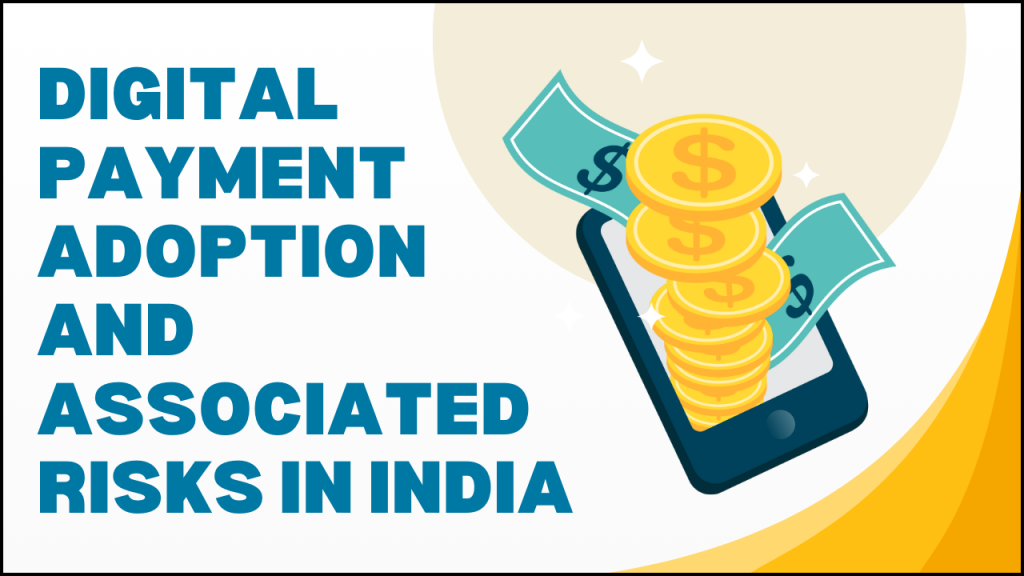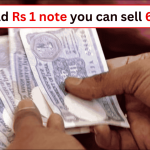
Over the last few years, India has seen a digital revolution. One of the biggest changes has been in how people pay for things. From small shops to big malls, digital payments are everywhere. You no longer need to carry cash all the time. A simple tap on your phone, a scan of a QR code, or a few clicks can complete your payment. Sounds great, right? Well, it is—but it also comes with its own set of problems. Let’s take a closer look at how digital payments are growing in India, the convenience they bring, and the risks we need to watch out for.
The Rise of Digital Payments in India
India’s digital payment journey really picked up after demonetization in 2016. With a sudden shortage of cash, people were pushed to try digital ways of paying. At the same time, smartphones became more affordable, and internet access spread even to rural areas. Government-backed platforms like UPI (Unified Payments Interface), along with apps like PhonePe, Google Pay, Paytm, and others, made digital transactions easy and fast.
In cities, digital payments are now part of daily life. Even roadside tea stalls and vegetable vendors accept UPI payments. In rural areas too, adoption is rising fast. The government has also played a big role by promoting digital financial literacy and supporting a cashless economy.
Why People Love Digital Payments
There are many reasons why digital payments have become so popular:
- Convenience: No need to carry cash or go to an ATM. You can pay from your phone, anytime, anywhere.
- Speed: Payments happen in seconds. Whether you’re paying bills or transferring money, it’s quick and simple.
- Record Keeping: Digital payments leave a record. This helps in tracking expenses, budgeting, and even filing taxes.
- Rewards and Offers: Many apps give cashback and discounts for using their platforms, making it more attractive.
- Safety (to some extent): You don’t need to carry large sums of cash, reducing the risk of physical theft.
The Dark Side: Growing Cyber Fraud
While digital payments have made life easier, they’ve also opened the door to new kinds of fraud. With more people using these services, cybercriminals have more targets.
Here are some common types of digital payment fraud:
- Phishing Scams: You get a message or email that looks real. It may say your bank account is blocked, and you need to click a link. That link leads to a fake website that steals your login details.
- Fake UPI Handles: Scammers create fake UPI IDs that look very similar to real ones. If you’re not careful, you might send money to the wrong person.
- QR Code Scams: Fraudsters send QR codes and ask you to scan them to receive money. But instead, you end up sending money.
- KYC Fraud: Someone calls pretending to be from your bank or payment app. They say your KYC needs updating and ask for personal details or OTPs. That’s a trap.
- Remote Access Apps: Some scammers trick you into downloading apps that give them control over your phone. Once in, they can access banking apps and steal money.
Why Are These Scams Increasing?
There are a few reasons why digital fraud is on the rise:
- Lack of Awareness: Many users, especially older adults or new users, are not fully aware of how these systems work or how to spot fraud.
- Overtrusting Technology: People assume that if something is digital, it must be safe. That’s not always true.
- Fast Growth: Digital payments have grown so fast that security education hasn’t kept up.
- Easy Targets: Scammers know that many people are using digital payments but don’t know how to protect themselves.
Real-Life Example
Take the case of Ravi, a small business owner from Delhi. He received a call from someone claiming to be from his digital wallet provider. They said his account would be blocked unless he verified it. The caller sent a QR code and asked him to scan it. Ravi did—and within seconds, ₹20,000 was gone from his account.
He later found out that he was not alone. Hundreds of others had fallen for similar scams. Ravi’s story is just one of many that show how easy it is to get tricked if you’re not alert.
How to Stay Safe
The good news is, you can protect yourself from digital fraud. Here are some simple steps:
- Never share OTPs or passwords: No genuine bank or payment app will ever ask for these.
- Be careful with links: Don’t click on links from unknown messages or emails. Always go to the official website or app.
- Double-check UPI IDs: Before sending money, confirm the name shown is correct.
- Avoid scanning unknown QR codes: Scanning should only be done when you are paying someone you trust.
- Don’t download random apps: Only install apps from trusted sources like Google Play Store or Apple App Store.
- Enable app locks: Use biometric or PIN locks for your payment apps.
- Educate others: Share what you learn with family and friends, especially those who are not tech-savvy.
What the Government and Companies Are Doing
Thankfully, steps are being taken to improve safety. The Reserve Bank of India (RBI) has introduced rules to protect users. Banks and payment apps are also adding more security layers like two-factor authentication, fraud detection, and transaction alerts.
There’s also a growing push to educate users. Campaigns like “RBI Kehta Hai” spread awareness about safe digital habits. Payment companies are offering customer support and help centers to deal with fraud cases.
Final Thoughts
Digital payments are here to stay. They’ve made life more convenient and opened up opportunities for millions of people. But like with anything new, there’s a learning curve—and some risks.
Being alert, informed, and careful is the best way to enjoy the benefits without falling into traps. It’s not about fearing digital payments—it’s about using them smartly.
So next time you scan a QR code or tap to pay, take a second to double-check. That small pause could save you from a big loss.













